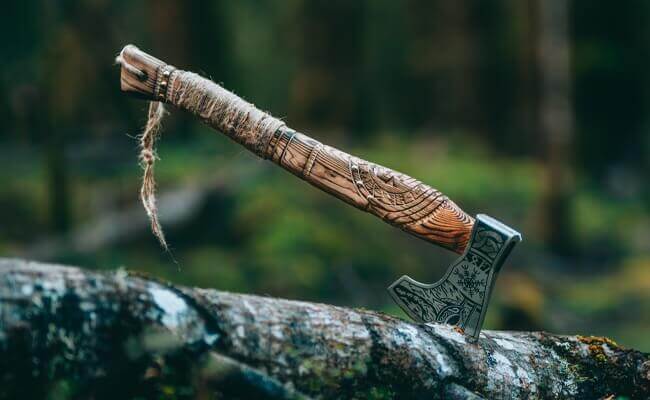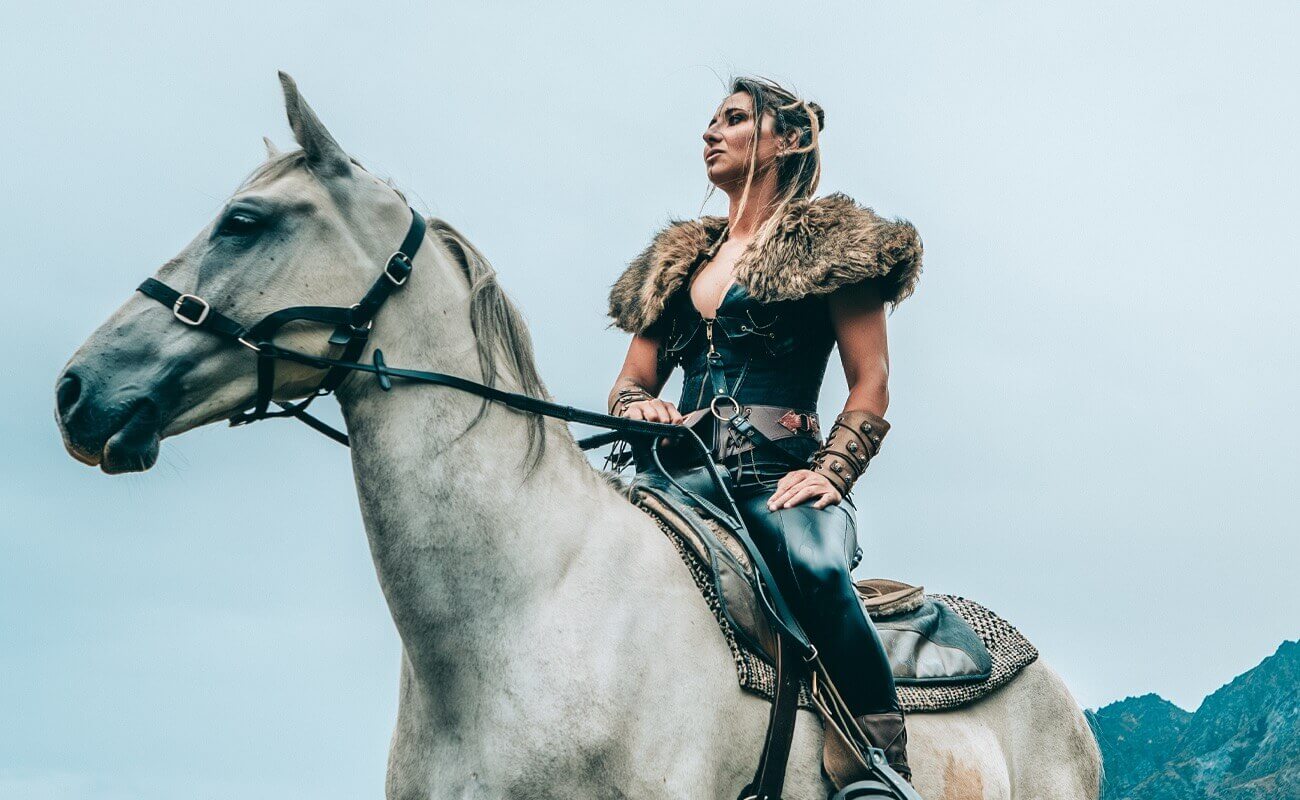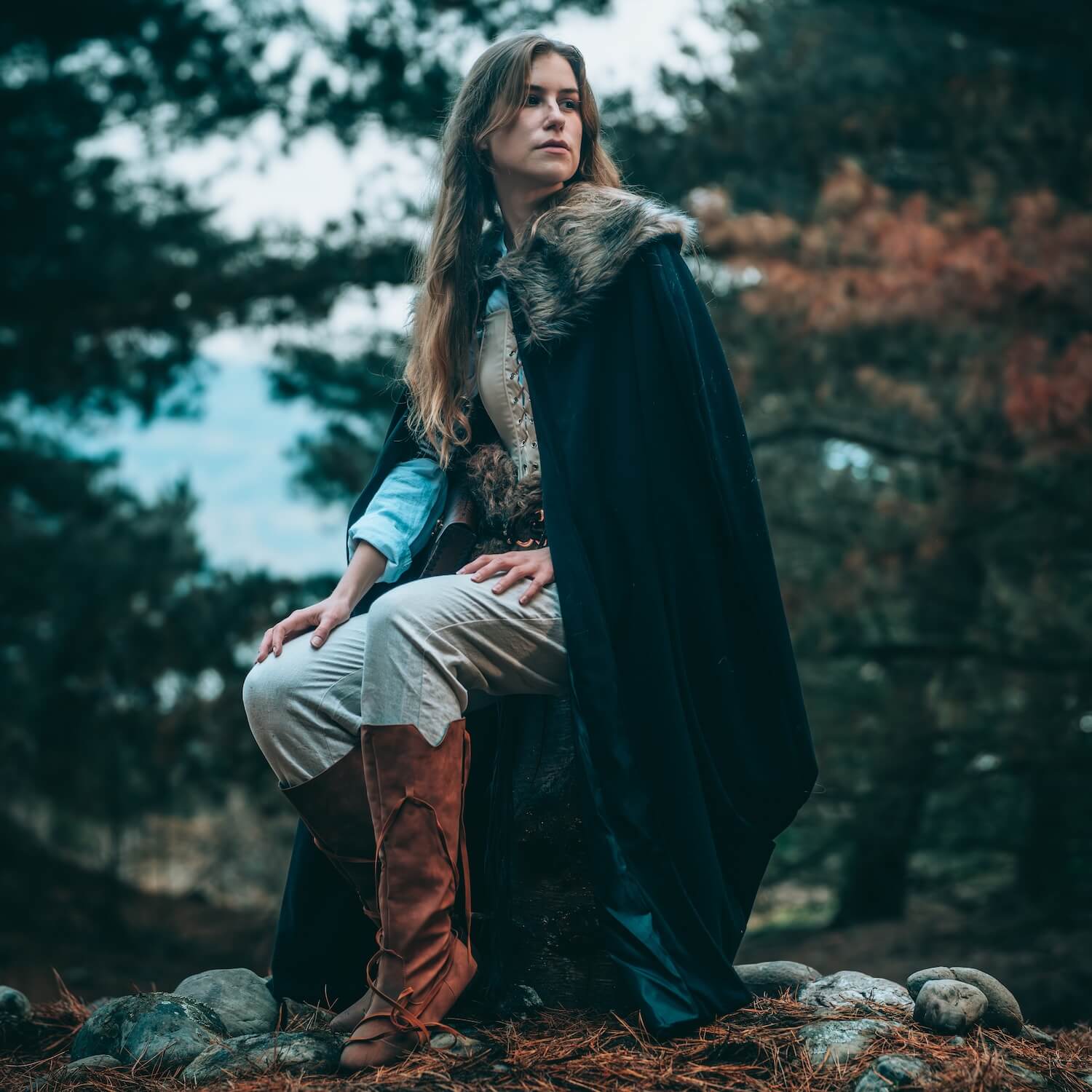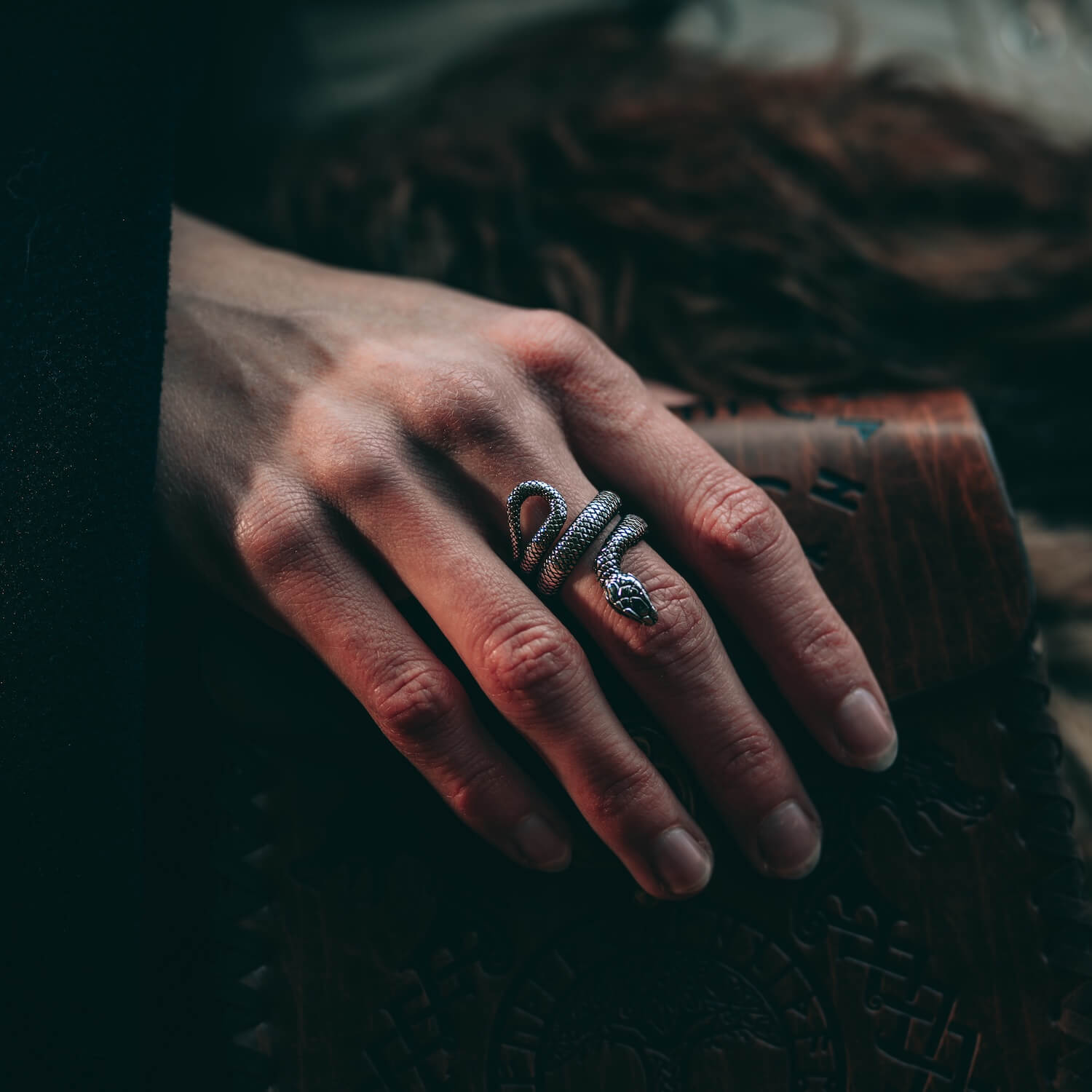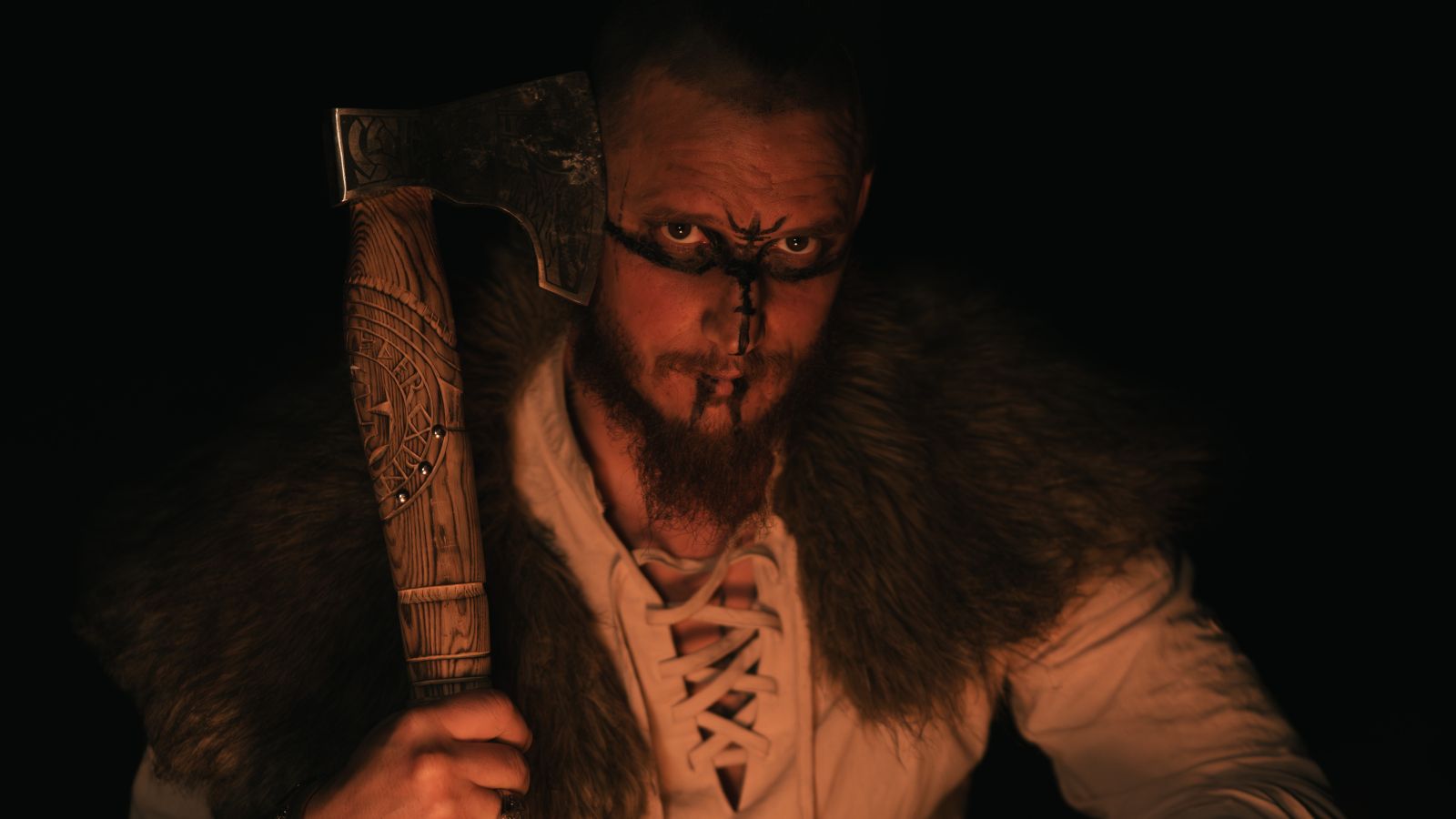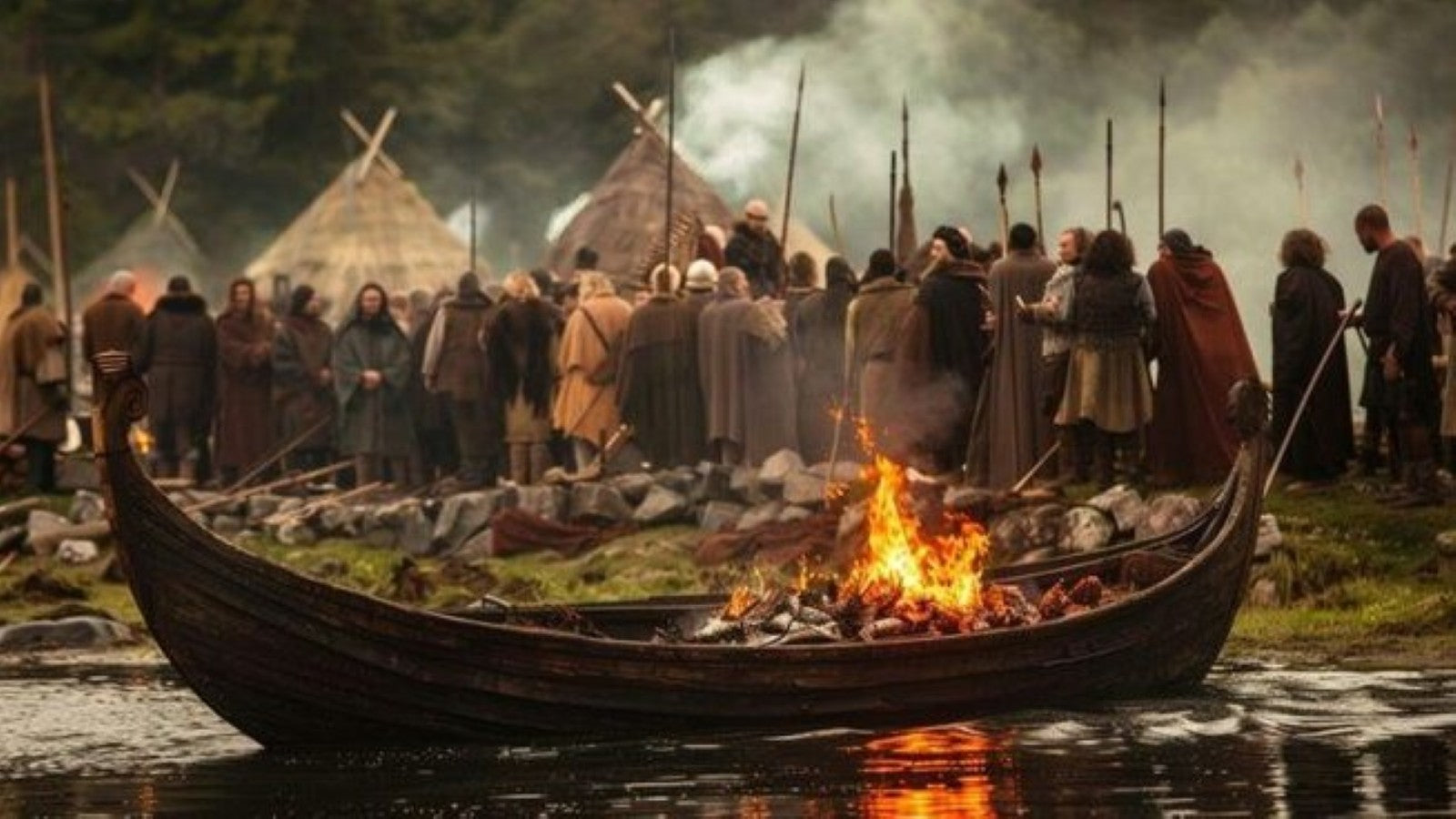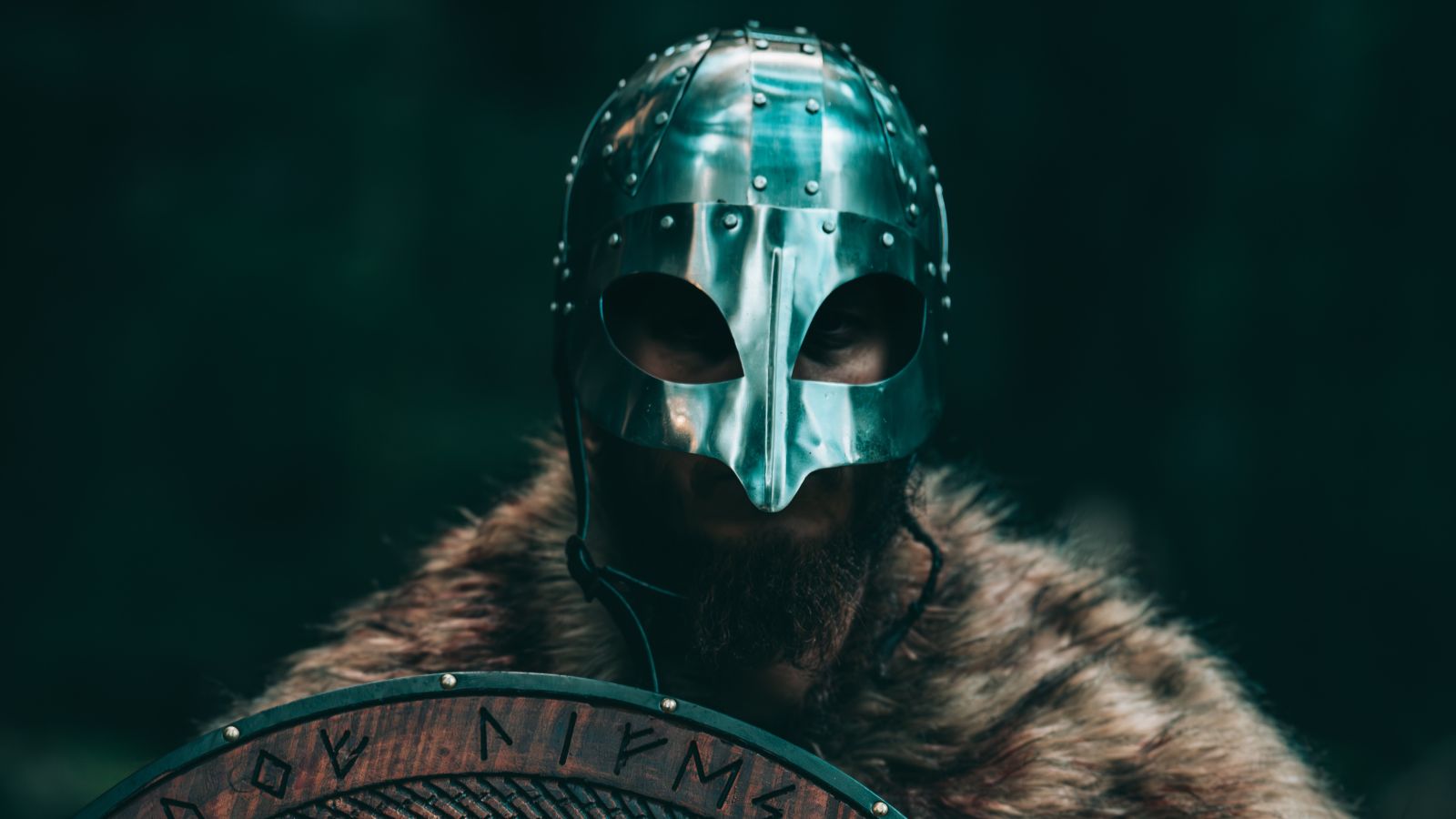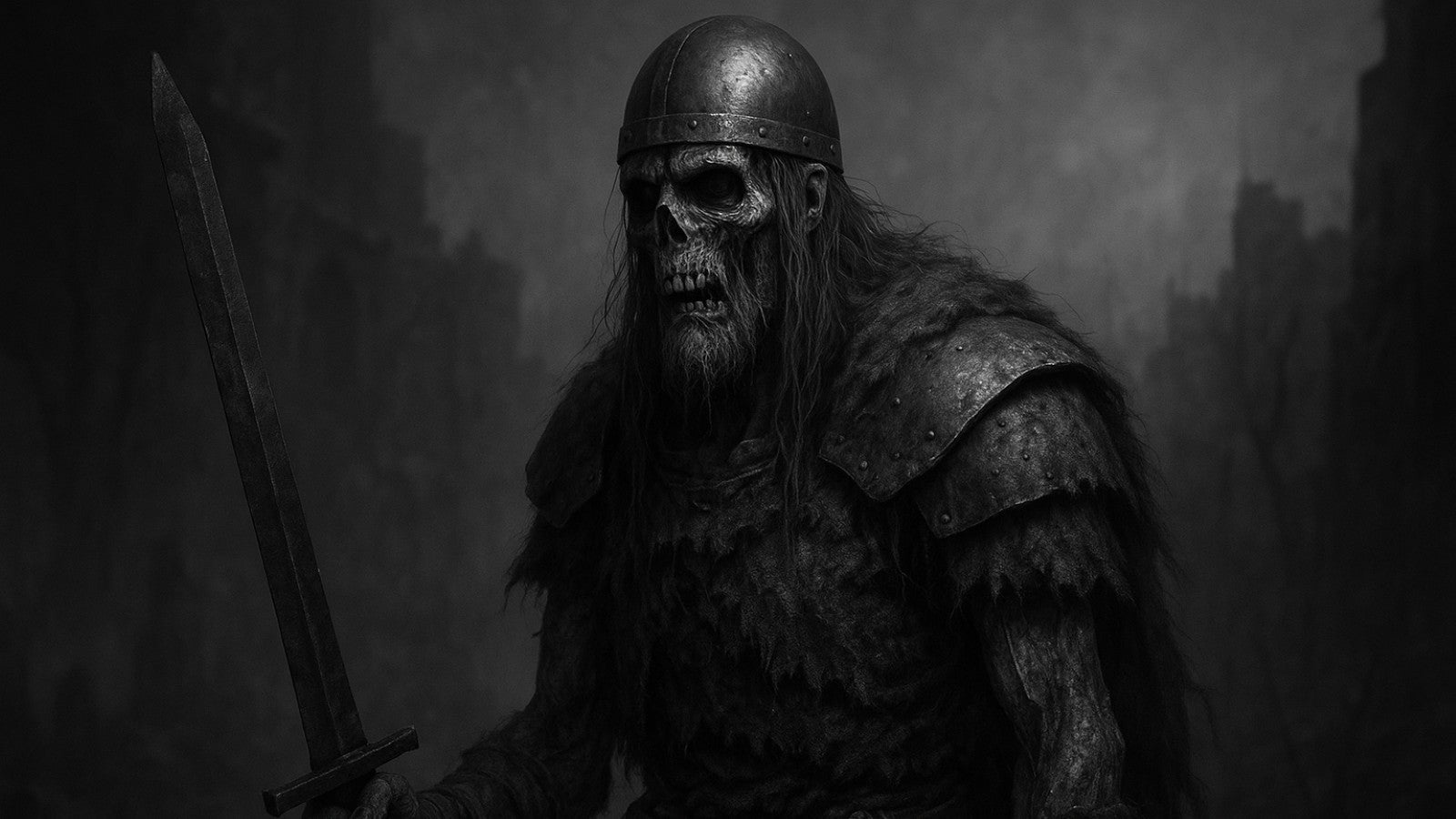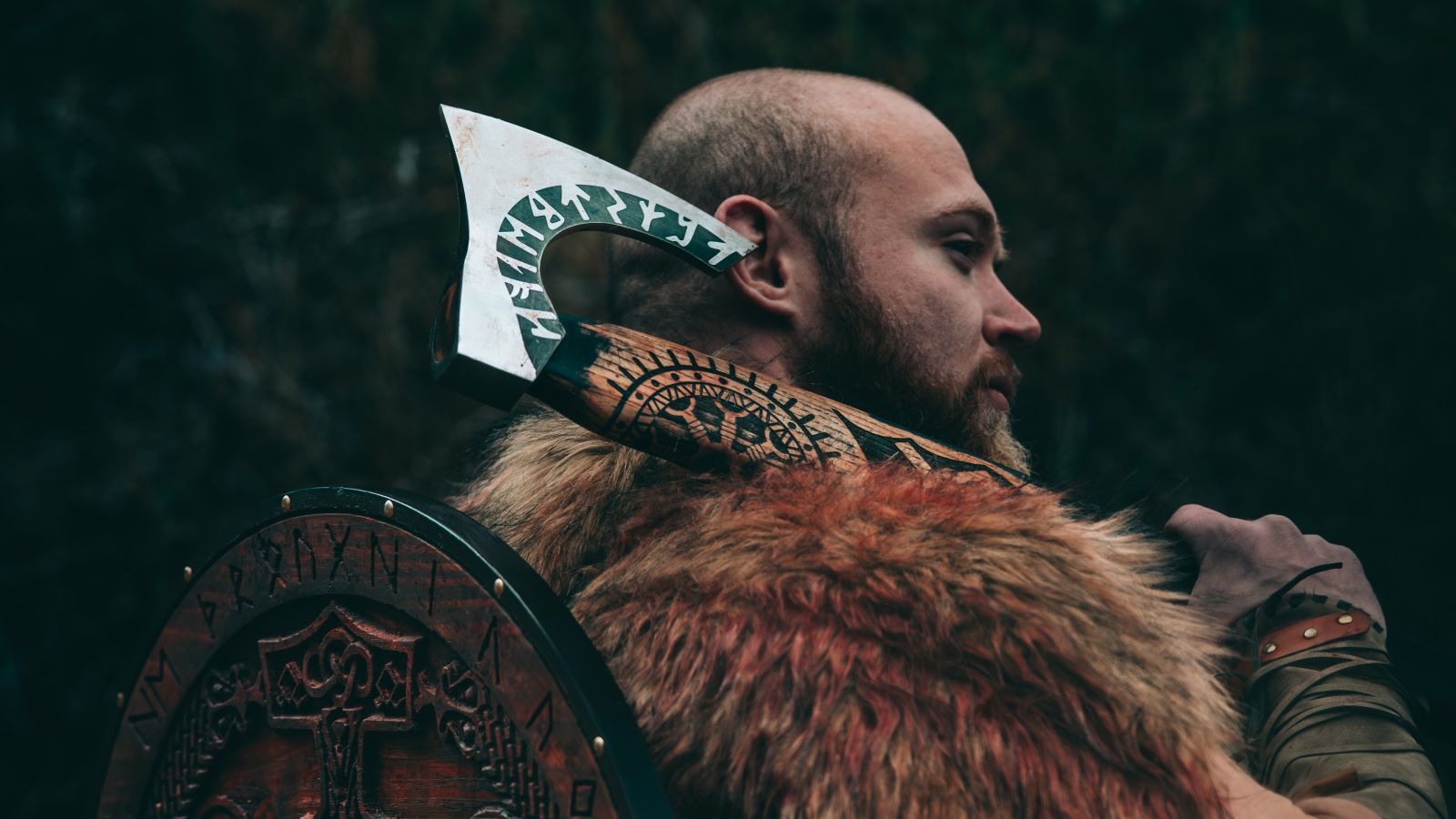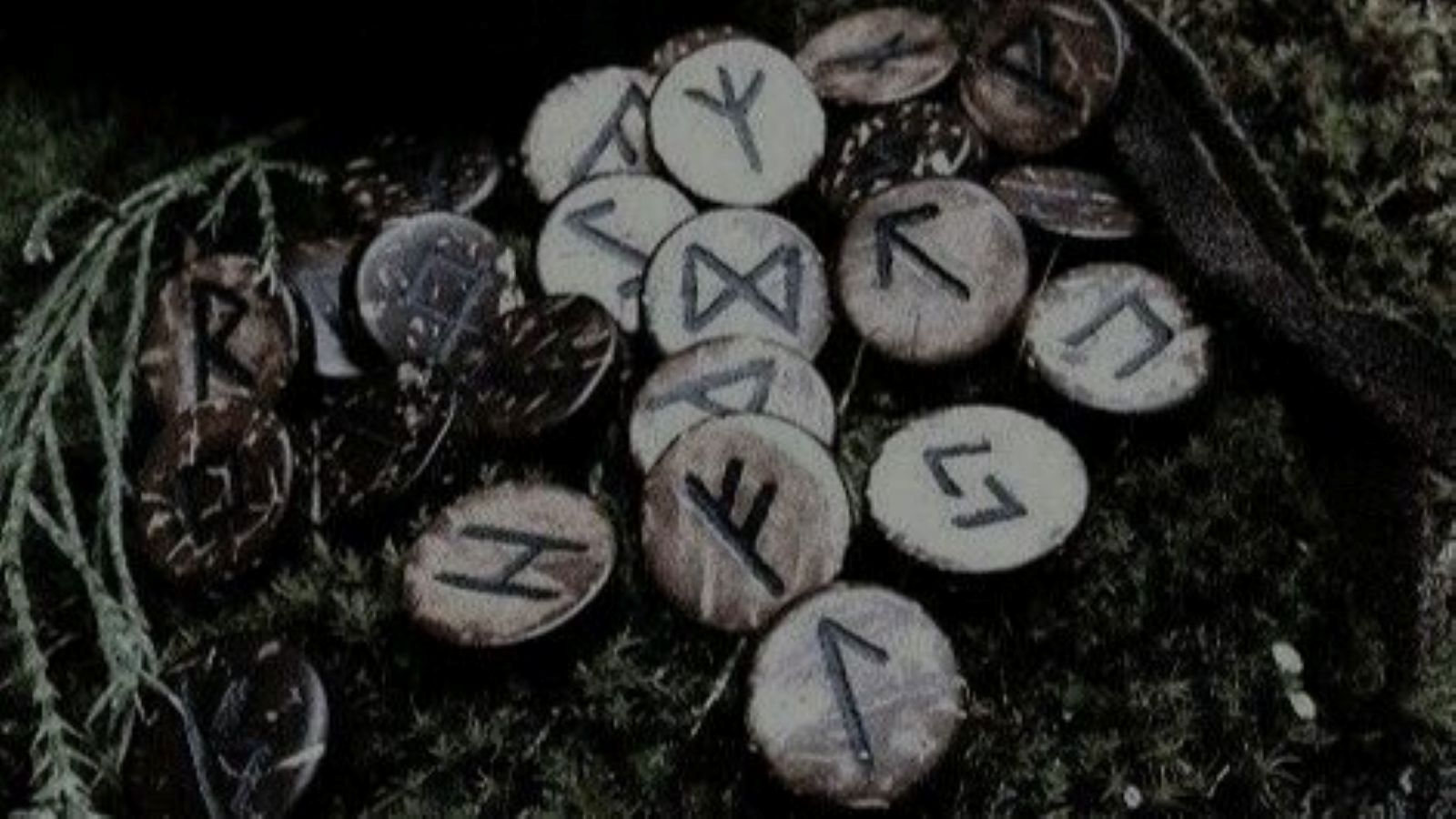
Runes Part 1: The History and Meaning of Viking Runes: A Beginner's Guide
The wind howls across the rugged fjords, carrying with it the scent of salt and pine. In the dim glow of a flickering torch, a figure crouches over a weathered stone slab, his chisel striking sparks as he carves symbols into its surface. Each mark is deliberate, each stroke imbued with purpose. He whispers under his breath—words in an ancient tongue, invoking powers beyond mortal comprehension. These are not mere scratches on rock; they are runes, the sacred alphabet of the Vikings, steeped in mystery and magic. To those who understand them, these symbols hold secrets that bridge the earthly realm and the divine.
But what lies behind this enigmatic script? How did Viking runes come to shape the lives, beliefs, and destinies of one of history’s most formidable civilizations?
A Legacy Etched in Stone: The Origins of Viking Runes
The story of Viking runes begins long before the age of horned helmets and dragon-prowed ships. Scholars believe the runic alphabet originated around 150 CE, during the early Germanic Iron Age, evolving from earlier Mediterranean scripts like Etruscan or Latin. Known as the Elder Futhark, named after its first six letters (F-U-Þ-A-R-K), this original runic system consisted of 24 characters, each representing both sounds and deeper symbolic meanings.
Imagine standing amidst the mist-shrouded forests of Scandinavia, where tribes huddled around fires, sharing tales of gods and giants. For these people, the Elder Futhark was more than just a means of communication—it was a conduit for spiritual power. Each rune carried associations with natural forces, deities, and cosmic principles. For instance, Ansuz symbolized wisdom and inspiration, linked to Odin, the Allfather, while Tiwaz represented justice and honor, tied to Tyr, the god of war.
As Norse society evolved, so too did their writing system. By the 8th century, the Younger Futhark emerged, streamlined to just 16 runes to better suit the Old Norse language. This adaptation reflected the changing needs of Viking culture, which had grown increasingly complex with trade, exploration, and conquest. Yet even as the number of runes diminished, their mystique only deepened.
Runic Power: Practical Uses and Spiritual Significance
In Norse society, runes were far more than tools for recording transactions or inscribing gravestones—they were living entities, believed to possess intrinsic power. A skilled runemaster wasn’t merely a scribe but a shaman, capable of channeling the energy of the runes for protection, healing, or divination.
Practical Applications
Runes appeared everywhere in daily life: etched onto weapons to ensure victory in battle, carved into doorposts to ward off evil spirits, or inscribed on amulets worn for good fortune. One famous example is the Rök Runestone in Sweden, which combines poetry and prose to commemorate fallen warriors and recount heroic deeds. Such stones served as public memorials, preserving the memory of ancestors and cementing social bonds within communities.
Spiritual Dimensions
For the Vikings, runes also held profound metaphysical significance. According to legend, Odin himself discovered the runes by sacrificing himself upon Yggdrasil, the World Tree. Hanging there for nine days and nights, pierced by his own spear, he gained insight into their mysteries. This myth underscores the belief that runes were gifts from the gods, meant to guide humanity through life’s challenges.
Divination practices, such as casting rune stones or interpreting patterns in nature, allowed individuals to seek guidance from the runes. Whether consulting them for personal decisions or communal matters, the act of reading runes connected mortals to the unseen threads of fate woven by the Norns—the three sisters who governed destiny.
The Enduring Legacy of Viking Runes
Though the Viking Age ended centuries ago, the allure of runes endures. Today, enthusiasts study the runic alphabet to connect with their Scandinavian heritage, explore esoteric traditions, or simply marvel at the ingenuity of ancient cultures. From tattoos to jewelry, modern adaptations keep the spirit of the runes alive, reminding us of their timeless relevance.
Yet perhaps the greatest testament to their power lies in their ability to transcend time and space. Like the runemaster carving symbols into stone beneath the northern stars, we too can tap into the wisdom of the runes, unlocking insights that resonate across millennia.
So the next time you see a runic inscription or hear tales of Viking exploits, remember: these symbols are more than relics of the past. They are echoes of a civilization that dared to dream, fight, and believe in the extraordinary. And maybe, just maybe, they still whisper their secrets to those willing to listen.

